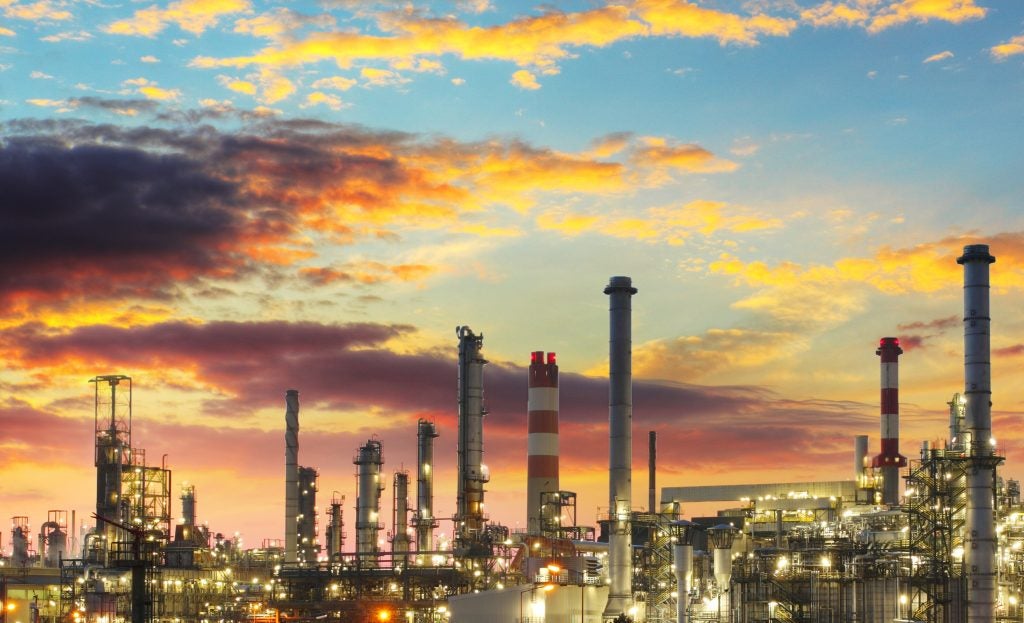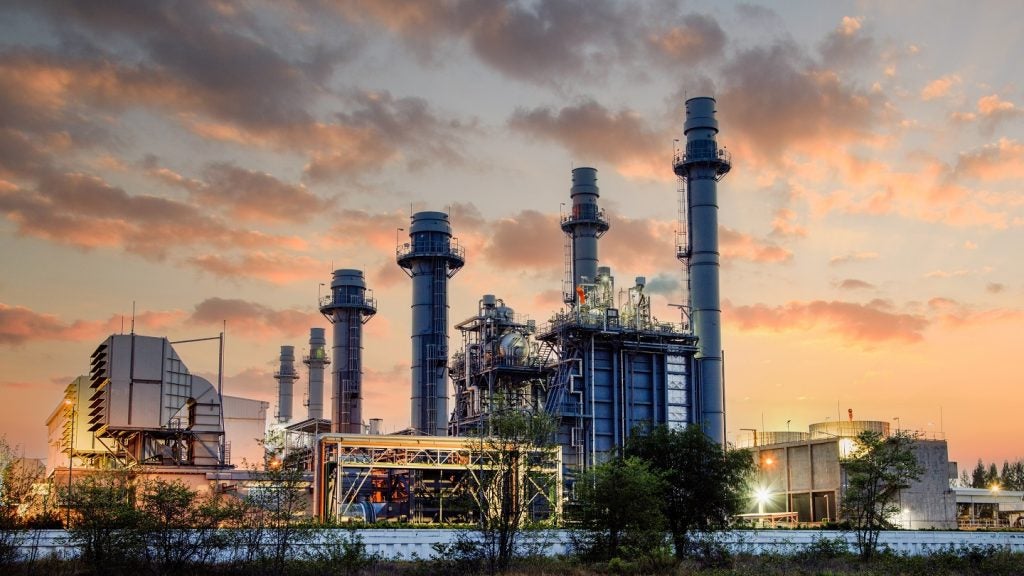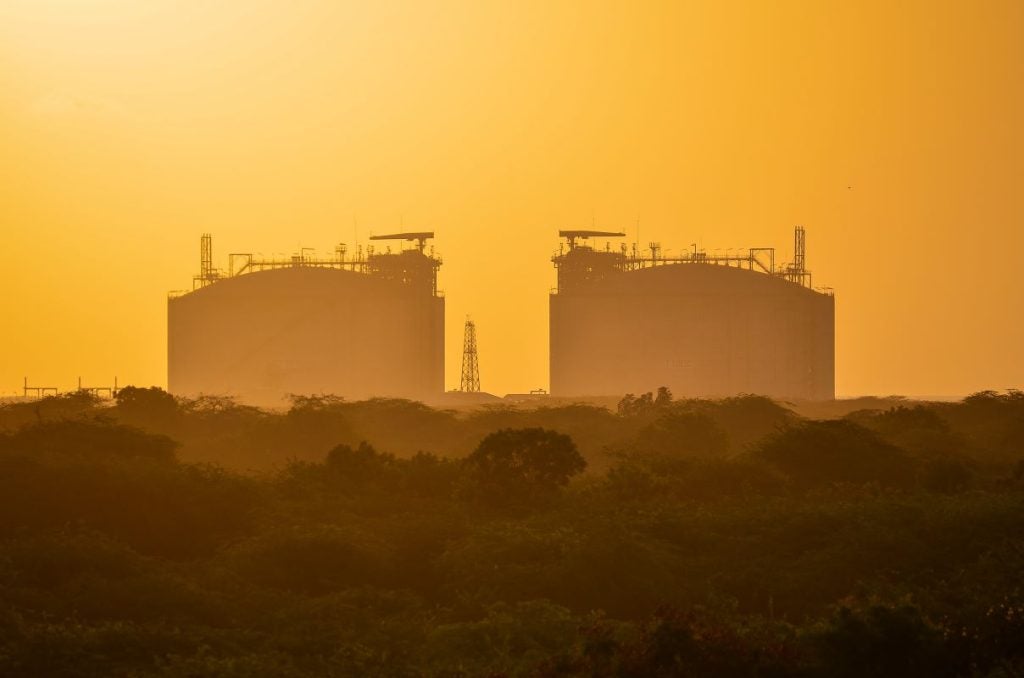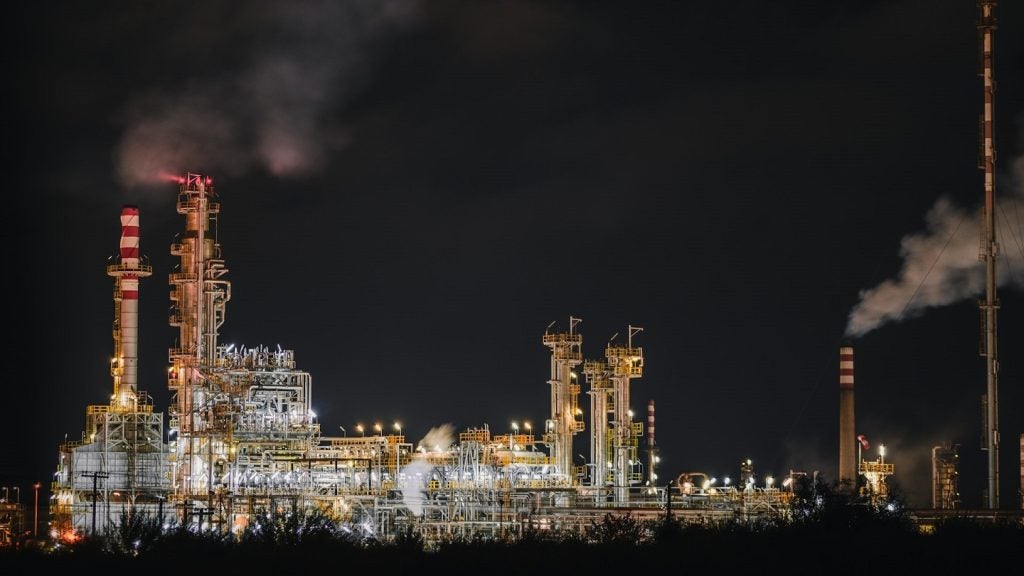RN-Komsomolskiy NPZ operates the Komsomolsk coking refinery, which is located in Khabarovsk Krai, Russia. According to GlobalData, who tracks and profiles more than 1,400 refineries worldwide, it is a non integrated coking owned by Rosneft Oil. The refinery started operations in 1942 and has a Nelson Complexity Index (NCI) of 9.18. Buy the profile here.
Maintenance activities at Komsomolsk coking refinery
The Komsomolsk refinery coking witnessed four incidents during the period 2017-2022.
Upcoming expansion projects at Komsomolsk coking refinery
Diesel Hydrotreater, Other Hydrocracker
For more details on the Komsomolsk coking refinery, buy the profile here.
Data Insights
From

The gold standard of business intelligence.
Blending expert knowledge with cutting-edge technology, GlobalData’s unrivalled proprietary data will enable you to decode what’s happening in your market. You can make better informed decisions and gain a future-proof advantage over your competitors.







